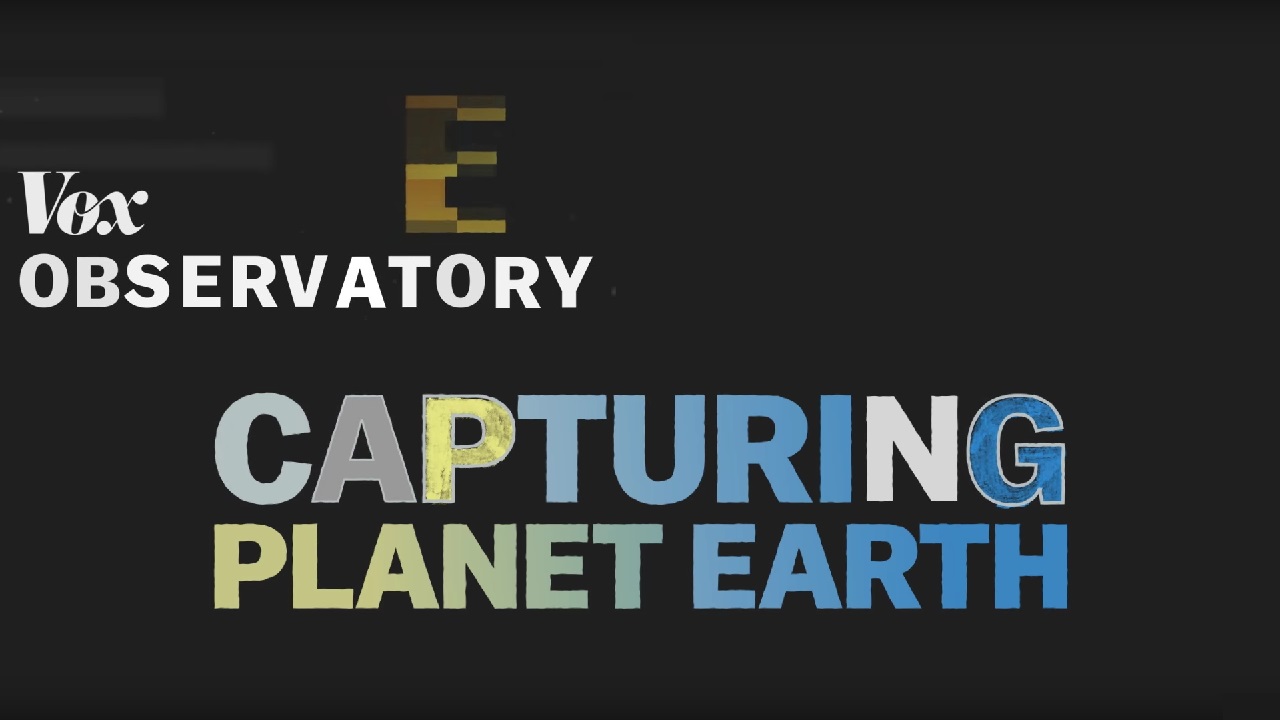
I wasn't done with "Planet Earth II" in Nature and science at the Primetime Emmy Awards. Vox has a wonderful series of articles and videos on the nature series. Since Vox also has four News and Documentary Emmy nominations, although not for this series, it allows me to use one Emmy nominee covering another Emmy nominee as a transition from the Primetime Emmy Awards to the News and Documentary Emmy Awards.
I begin with the first video in the series, How the BBC makes Planet Earth look like a Hollywood movie.
The technology behind the cinematic style of the BBC's Planet Earth II.The accompanying article expands on the themes.
Now, as the BBC releases its latest blue-chip series, Planet Earth II, cameras are smaller than ever, they can shoot at higher frame rates in lower light, and data storage is essentially unlimited.Follow over the jump for the rest of the series.
But each time a technological development threatens to make their jobs easier, the NHU becomes more ambitious. It’s not enough to show a barn owl hunting a harvest mouse — now they want it from the mouse’s point of view. It’s not enough to get footage of snow leopards, one of the hardest animals on the planet to track down — now they want to spy on them from a foot’s distance with motion-detecting cameras.
The result is that Planet Earth II is the most cinematic wildlife film yet.
The next installment explains How wildlife films warp time.
Slow motion and timelapse can reveal the wonders of the natural world.The article on the website doesn't have much more to say.
Slow motion is ubiquitous in our culture today. It sells dog food, decorates music videos, and makes skateboarders look like superheroes. It’s also become a staple of wildlife films.The final installment describes How the BBC films the night side of Planet Earth.
...
As camera technology evolved, a new world of opportunities opened up for wildlife filmmakers to play with time.
The technology that helps wildlife filmmakers see in the dark.The final article in the series has more to say.
[N]ew technologies can capture behaviors that take place in the dark. The quality of infrared and thermal photography has jumped since the BBC started using them more frequently in the early 2000s. They provide a monochrome but crisp image.I recommend two more articles from Vox. The first is The tricks that nature documentaries use to keep you watching.
And large-sensor digital cameras can now do more with less light, allowing producers to film earlier in the morning and later in the evening, without introducing more noise. These technologies perform like the human eye, but better. And they’re really new.
...
You won’t be able to tell that the footage is much brighter than the real-life scene actually is — it’ll simply look like a well-lit shot. But expect to witness stories you’ve never seen before.
These tricks can feel deceptive. After all, documentaries are meant to show us the reality of nature. How can they mislead viewers with fake sounds and manipulated scenes?Here is the Vimeo video Vox embedded to illustrate the points.
But Cade ultimately concludes that these tricks, as deceptive as they can be, are good.
“If these shows were just a string of facts about animals, most of us wouldn’t watch,” he said. “That’s why they carve out stories in editing, why they use intense music, and why they recreate the sound effects — because storytelling is what engages us, not facts and figures. And so what some people could see as fakery becomes something we can actually learn from.”
Or as BBC’s David Attenborough explained in 1984, “There is precious little that is natural … in any film. You distort speed if you want to show things like plants growing, or look in detail at the way an animal moves. You distort light levels. You distort distribution, in the sense that you see dozens of different species in a jungle within a few minutes, so that the places seem to be teeming with life. You distort size by using close-up lenses. And you distort sound. What the filmmaker is trying to do is to convey a particular experience. … The viewer has to trust in the good faith of the filmmaker.”
How Nature Documentaries Are Fake from DSLRguide on Vimeo.
I conclude with an article that fits in with the environmental and collapse themes of this blog, Why Planet Earth II couldn’t avoid stories about humans' devastating impact on the animal kingdom.
In this sequel, David Attenborough’s iconic narration often takes a melancholy turn as he explains why an island’s crab population is deteriorating, or why a family of lanky lemurs has lost much of its habitat. It’s only been a decade since Planet Earth debuted, but in that time period, the impact of humans on the animals and landscapes Planet Earth II covers is so significant that the series is forced to acknowledge it over and over again. And in its final episode, it takes on “Cities,” making humans’ role in climate change abundantly clear, and often heartbreaking to watch.I may be focusing on entertainment a lot lately, but this is still a doomer blog.
I'll return tomorrow with more on the Emmy nominees. Stay tuned.
No comments:
Post a Comment